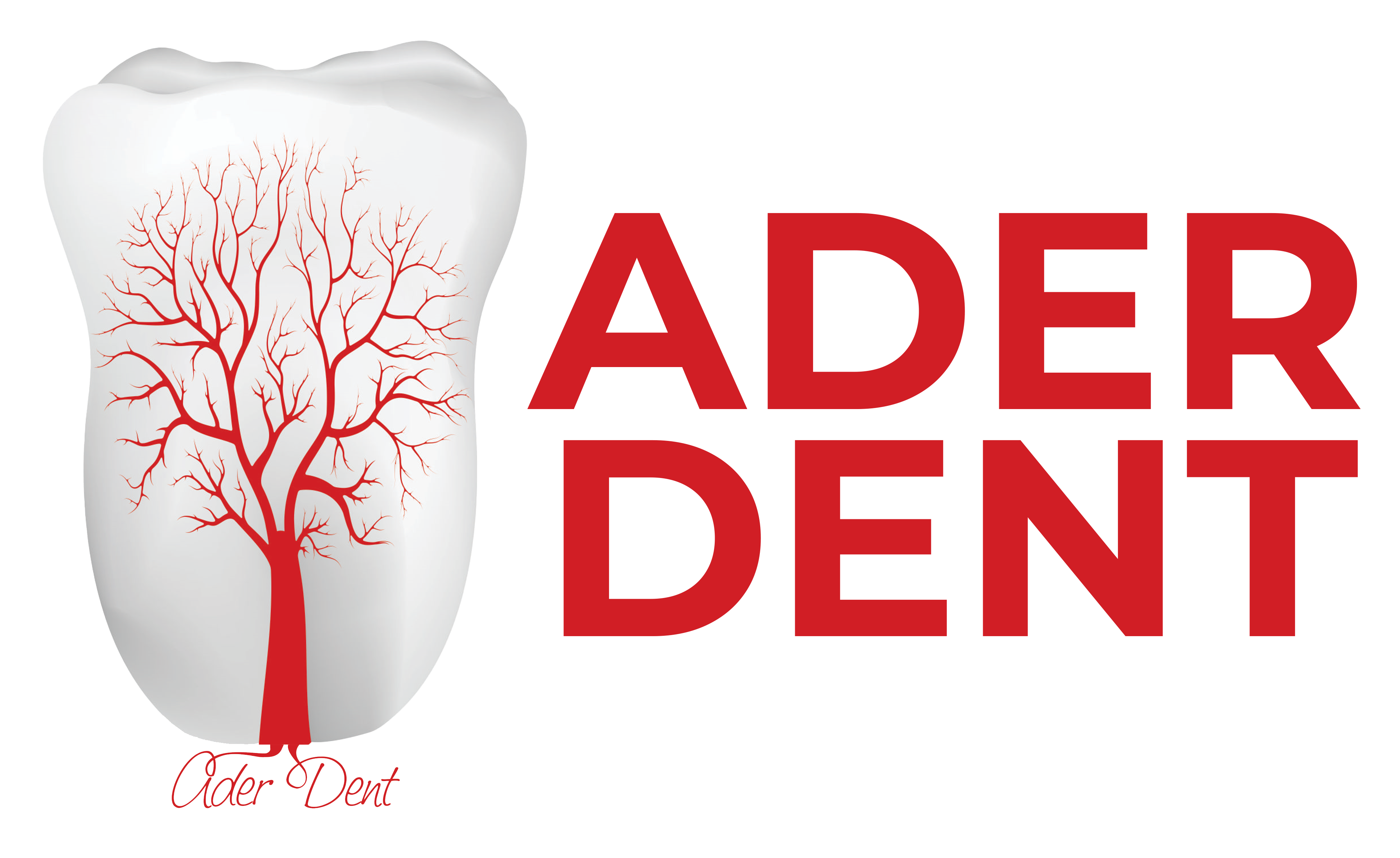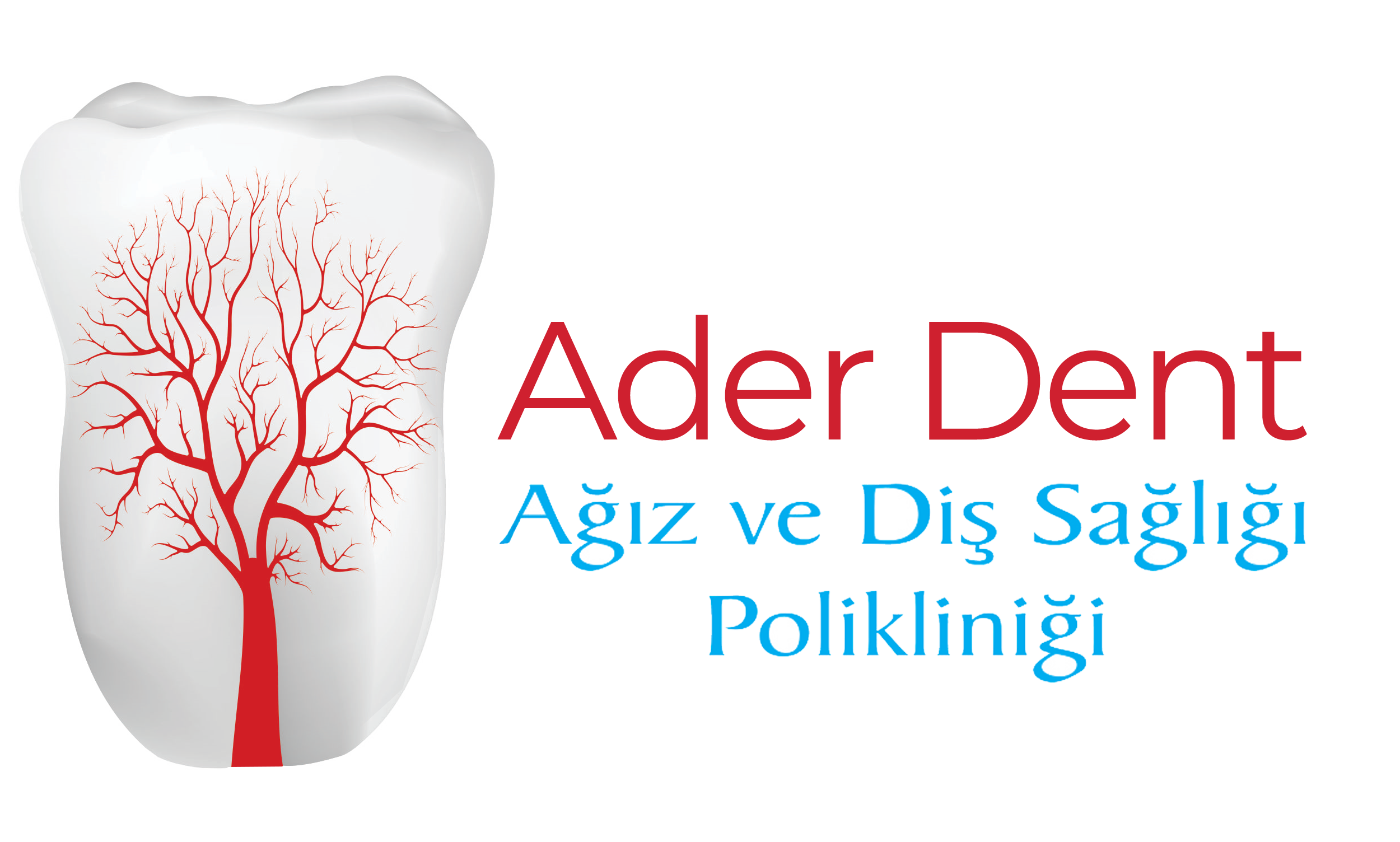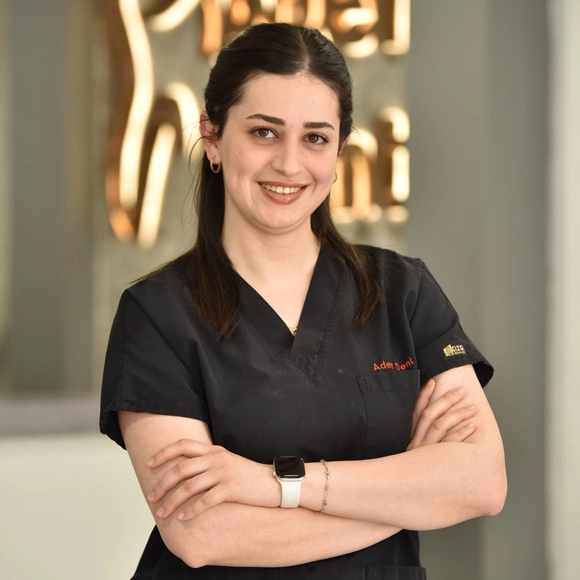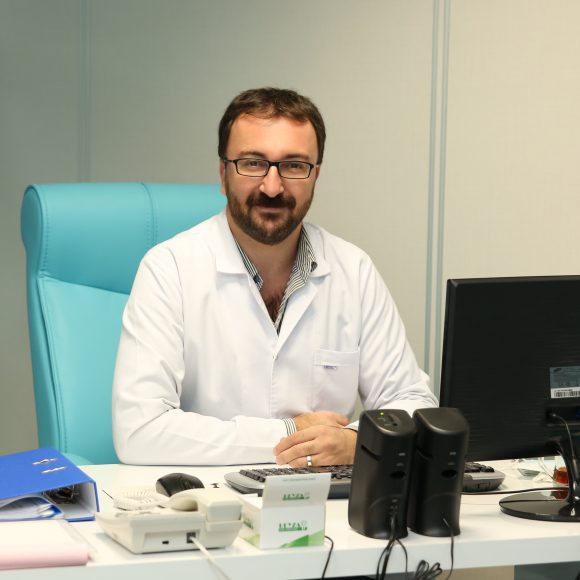Advancements in digital technology have made revolutionary contributions to the diagnosis and treatment process in dentistry through three-dimensional imaging techniques. Especially in cases where traditional two-dimensional radiographs fall short, 3D images provide the dentist with detailed and precise information, allowing for more reliable treatment planning.
What Are the 3D Imaging Methods?
The main 3D imaging methods used in dentistry include:
- **Computed Tomography (CT):** Provides high-resolution cross-sectional images and detailed views of bone structures.
- **Magnetic Resonance Imaging (MRI):** Preferred for soft tissue imaging; however, its use in dentistry is limited.
- **Cone Beam Computed Tomography (CBCT):** A dental-specific CT technology that visualizes maxillofacial details with low radiation exposure.
CBCT, in particular, offers dentists a comprehensive 3D view of anatomical structures, making it highly valuable for implant planning, impacted tooth surgeries, and the detection of pathological formations.
When Are 3D Imaging Methods Used?
3D imaging methods are applied in many clinical situations related to oral and dental health, such as:
- Evaluating bone density and volume before implant placement
- Determining the position of impacted teeth
- Diagnosing cysts and tumors
- Detailed examination of root canal anatomy during endodontic treatment
- Diagnosing maxillofacial trauma and fractures
- Planning orthodontic treatment
The detailed images obtained through these methods enable clinicians to make informed and confident decisions.
Why Should 3D Imaging Methods Be Preferred?
Traditional two-dimensional radiographs cannot adequately convey depth perception. This may lead to missed diagnoses or prolonged treatment processes. In contrast, 3D imaging provides the clinician with a full evaluation of the case from every angle.
This enhances diagnostic accuracy and helps prevent potential complications. Moreover, patients can better understand their condition through 3D visuals, which increases their confidence in the treatment.
What Is the Difference Between CBCT and Other Methods?
Cone Beam Computed Tomography (CBCT) operates with a lower radiation dose compared to conventional CT and focuses specifically on the jaw and dental regions. This makes it safer and more practical for both patients and clinicians. Additionally, the scan time is very short, and images are generated instantly.
Are 3D Imaging Methods Safe?
Modern 3D imaging technologies, especially targeted systems like CBCT, offer maximum image quality with minimal radiation. These devices comply with international safety standards and are generally safe for most patients, except during pregnancy.
3D Imaging: Essential for Effective Treatment
In dentistry, accurate diagnosis begins with accurate imaging. 3D imaging ensures diagnostic precision and eliminates errors in treatment planning. Especially in surgical and implantology procedures, utilizing these methods has become essential for achieving high success rates.


 TR
TR




